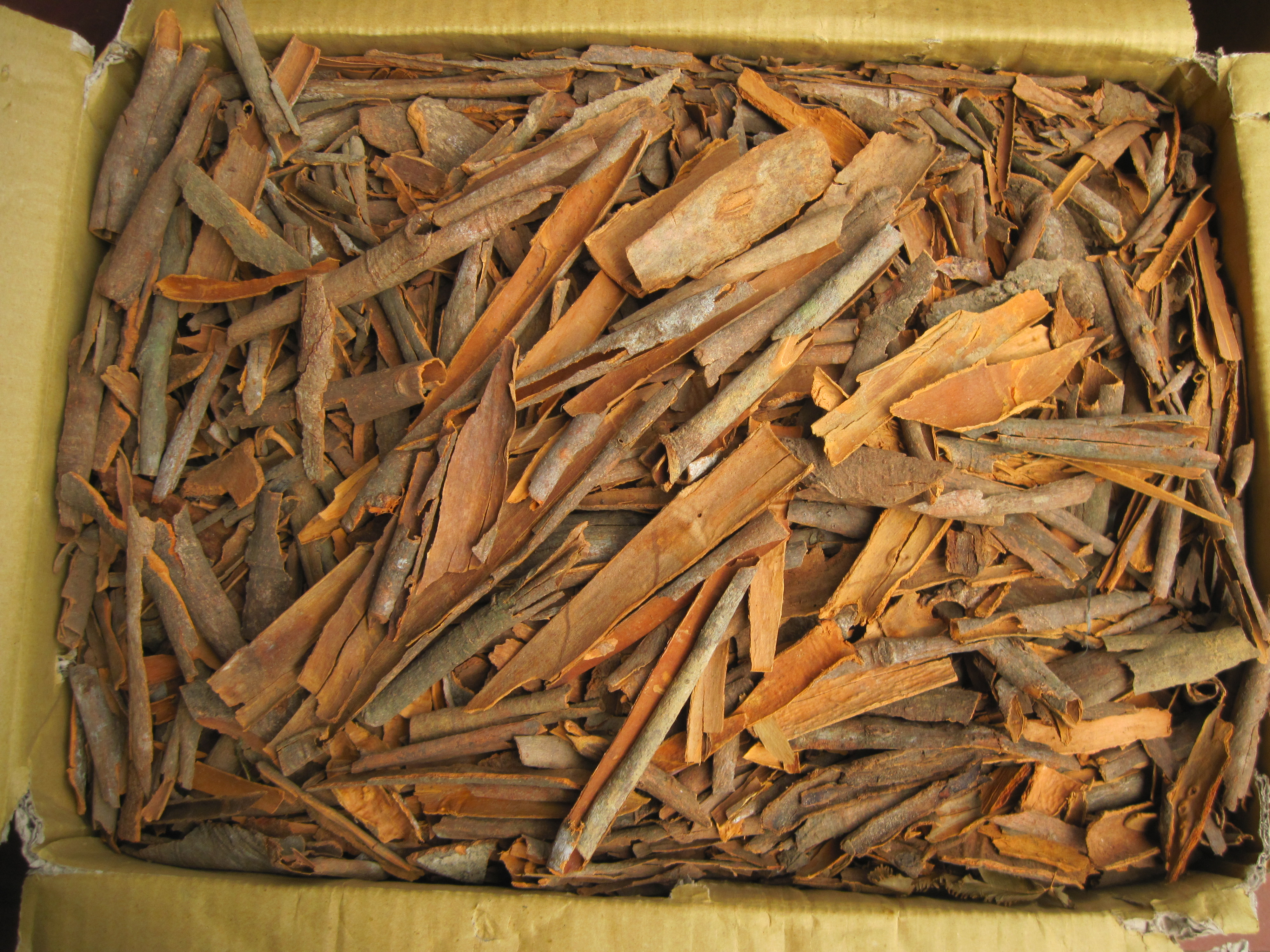6 Signs Your Supplier’s Broken Cassia Isn’t Export-Grade
6 Signs Your Supplier’s Broken Cassia Isn’t Export-Grade
Table of Contents
- Introduction: Why Export-Grade Quality Matters
- Sign #1: Inconsistent Cut Size and Shape
- Sign #2: Unstable Moisture Levels
- Sign #3: Low Essential Oil Content
- Sign #4: Mold or Foreign Matter Presence
- Sign #5: Lack of Certifications or Documentation
- Sign #6: Untraceable Source or Ambiguous Origin
- Conclusion: Choose Smart, Source Safe
- Why Tinimex? Trusted Exporter of Broken Cassia
1. Introduction: Why Export-Grade Quality Matters
In the competitive world of spice trading, the quality of your raw materials can make or break your product. Broken cassia is a popular ingredient in spice mixes, essential oils, and extracts, but not all suppliers deliver export-grade material.
Non-export-grade cassia can result in low oil yields, contamination risks, and customs rejection. Let’s explore 6 signs that signal your supplier might be compromising your quality.

2. Sign #1: Inconsistent Cut Size and Shape
Reliable exporters offer cut sizes like 1–3 cm or 3–6 cm. If your shipment contains irregular chunks, splinters, or overly fine particles, it shows poor grading and careless processing.
Uniform size is key to efficient grinding, packaging, and moisture control. Irregular sizing often indicates a lack of quality control.
3. Sign #2: Unstable Moisture Levels
Moisture content in export cassia should range from 12% to 14%. Higher levels invite mold; lower levels may indicate overdrying, affecting aroma and oil.
Use a moisture meter to test incoming shipments. Fluctuating moisture levels are a major red flag and hint at poor drying and storage practices.
4. Sign #3: Low Essential Oil Content
Cassia’s commercial value lies in its essential oil content—specifically cinnamaldehyde. Subpar suppliers may deliver bark with minimal oil due to age, improper harvesting, or storage.
Always request a COA (Certificate of Analysis) showing cinnamaldehyde concentration. Acceptable export levels typically range from 2% to 5%.
5. Sign #4: Mold or Foreign Matter Presence
Dark spots, unusual odors, or visible mold are deal-breakers. So are foreign materials like dirt, stones, or plastic.
Export-grade shipments should pass a visual and olfactory inspection easily. Mold presence can cause batch rejection and reputational damage.
6. Sign #5: Lack of Certifications or Documentation
Reputable exporters provide COA, HACCP, and even Organic certifications on request. If your supplier hesitates to share lab tests or origin documentation, reconsider the partnership.
This lack of transparency suggests either poor traceability or non-compliance with global standards.

7. Sign #6: Untraceable Source or Ambiguous Origin
Is the product from Vietnam? Indonesia? China? If the supplier can’t verify the origin, that’s a red flag.
Tinimex ensures full transparency—from farm to shipment. You should always know where your spice is grown, harvested, and processed.
8. Conclusion: Choose Smart, Source Safe
Spotting the signs of low-grade broken cassia can save you thousands in losses, delays, and brand damage. Don’t compromise on quality—export-grade standards exist for a reason.
Sourcing from a verified, transparent supplier like Tinimex guarantees consistency, compliance, and value.

9. Why Tinimex? Trusted Exporter of Broken Cassia
Tinimex is a trusted exporter of Vietnamese broken cassia, supplying wholesalers and spice importers across the globe. Our advantages:
- Custom cut sizes: 1–3 cm, 3–6 cm, mix grades
- Consistent aroma and oil content
- Certified (COA, HACCP, Organic on request)
- Fast delivery: 7–15 days
- Competitive FOB and CIF pricing
📧 Email: info@tinimex.com
🌐 Website: www.tinimex.com
📞 Hotline / WhatsApp / Zalo: +84 36 680 8683
📍 Office: 4th Floor, No. 40 Ngo Gia Tu, Long Bien, Hanoi, Vietnam
Internal Links:
External Link:

